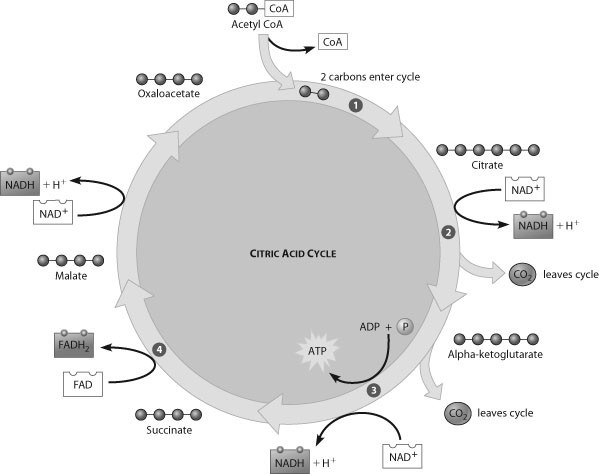Viruses that attack bacteria are called
A. lytic
B. proviruses
C. virulent
D. phages
Answer: D
You might also like to view...
A human autosomal recessive trait appears in 1 in 100 births. What percent of people are homozygous dominant for this trait?
A. 0.01 B. 0.10 C. 0.18 D. 0.81 E. 0.90 Clarify Question · What is the key concept addressed by the question? · What type of thinking is required? · What key words does the question contain and what do they mean? Gather Content · What do you already know about the Hardy-Weinberg principle? How does it relate to the question? Consider Possibilities · What other information is related to the question? Which information is most useful? Choose Answer · Given what you now know, what information and/or problem solving approach is most likely to produce the correct answer? Reflect on Process · Did your problem-solving process lead you to the correct answer? If not, where did the process break down or lead you astray? How can you revise your approach to produce a more desirable result?
Unfortunately, several of the children who were genetically treated for SCID-X1 have since developed
a. sickle cell anemia. b. diabetes. c. cystic fibrosis. d. hemophilia. e. leukemia.
Compared to the moss, the fern is better adapted to life on land because the fern
a) does not have a swimming sperm, but the moss does. b) can be found in dry areas, but moss cannot. c) has vascular tissue, but the moss does not. d) produces seeds, but the moss does not. e) does not have a gametophyte generation, but the moss does.
Which step of the citric acid cycle requires both NAD+ and ADP as reactants?

A) step 1
B) step 2
C) step 3
D) step 4